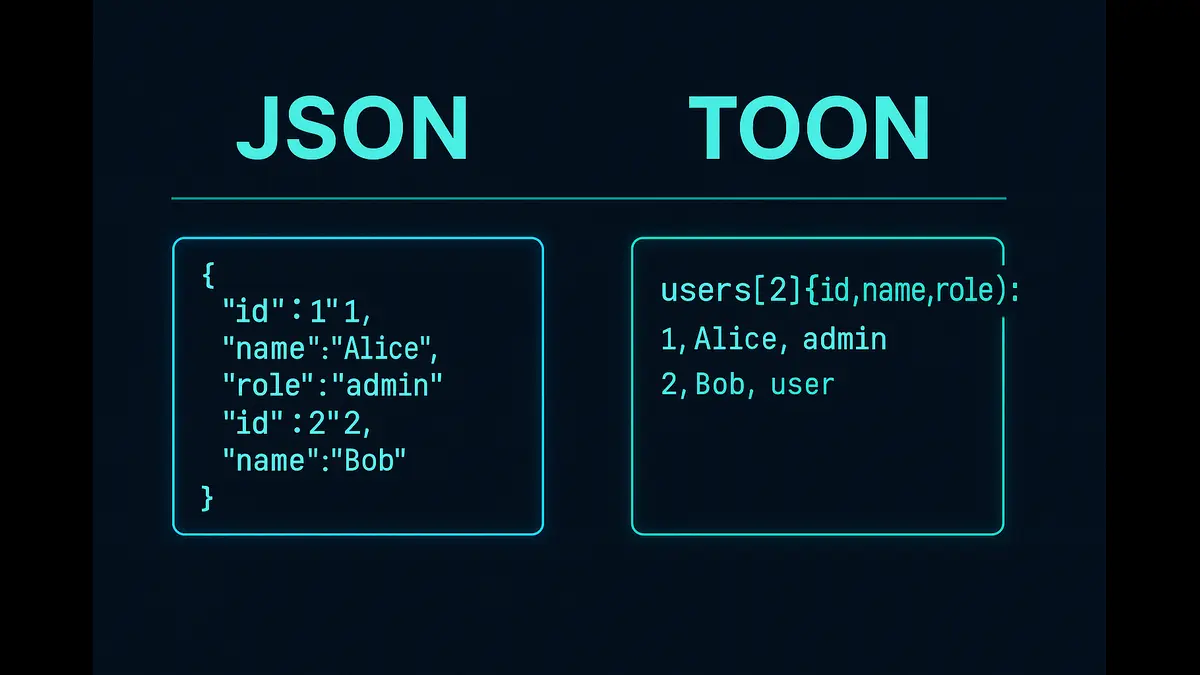
WebAssembly (WASM) in 2025 powers high-performance web apps, edge computing, cross-platform development, AI inference, and blockchain dApps. Offering near-native speed and security, WASM’s portability drives innovation. Future trends include serverless runtimes and AI+IoT integration.
WebAssembly (WASM) has emerged as a game-changer in 2025, enabling high-performance, secure, and portable applications across web and non-web environments. As a binary instruction format, WASM allows developers to run code written in languages like C++, Rust, and Go at near-native speeds in browsers, servers, and edge devices. This article explores the top use cases of WASM, highlighting its transformative impact on modern computing.
Introduction to WebAssembly
WebAssembly is a low-level, portable bytecode format designed for efficient execution. Unlike JavaScript, which is interpreted, WASM compiles to machine code, offering near-native performance. Its sandboxed execution model ensures security, while its platform-agnostic nature supports deployment across browsers, servers, IoT devices, and edge networks. In 2025, WASM is a cornerstone of high-performance applications, complementing JavaScript and enabling new paradigms in software development.
Top Use Cases of WebAssembly (WASM) in 2025: Powering the Future of Computing
1. High-Performance Web Applications
WASM powers computationally intensive web apps, delivering desktop-like performance in browsers. Examples include:
- Photo and Video Editing: Tools like Figma and Photopea use WASM to run complex image-processing algorithms (e.g., filters, transformations) in real time.
- 3D Graphics and Gaming: Web-based games leverage WASM for rendering engines (e.g., Unreal Engine, Unity) and physics simulations, achieving smooth 60fps gameplay without plugins.
- CAD and Simulation Tools: Engineering platforms run finite element analysis and 3D modeling in browsers, reducing dependency on native software.
WASM’s ability to handle CPU-intensive tasks makes it ideal for rich, interactive web experiences.
2. Server-Side and Edge Computing
WASM’s lightweight runtime and portability shine in serverless and edge environments:
- Cloudflare Workers and Vercel Edge Functions: WASM modules execute serverless logic at edge PoPs, reducing latency for tasks like API routing and content personalization.
- Node.js Integration: WASM enhances Node.js apps by offloading performance-critical tasks (e.g., data compression, encryption) to compiled modules.
- Microservices: Lightweight WASM microservices as container alternatives are gaining adoption (e.g., WasmEdge, Spin by Fermyon), but traditional containers (like Docker) still dominate in production environments. WASM excels in resource-constrained, secure, and fast-startup scenarios, complementing—not fully replacing—containers yet.
Its secure sandboxing ensures safe execution in distributed systems, critical for edge computing.
3. Cross-Platform Application Development
WASM enables write-once, run-anywhere applications:
- Desktop Apps: Frameworks like Electron and Tauri use WASM to build cross-platform apps with web technologies, minimizing native code.
- Mobile Apps: WASM integrates with WebView to deliver high-performance features in hybrid mobile apps, reducing reliance on native SDKs.
- Emulators: Retro game emulators run in browsers, compiling legacy codebases (e.g., NES, Game Boy) to WASM for seamless playback.
WASM’s portability eliminates platform-specific rewrites, accelerating development cycles.
4. AI and Machine Learning at the Edge
WASM is revolutionizing AI inference in resource-constrained environments:
- Browser-Based AI: TensorFlow.js and ONNX Runtime use WASM to run ML models for tasks like image recognition and NLP directly in browsers.
- Edge AI: IoT devices and edge servers leverage WASM to perform real-time inference (e.g., anomaly detection, voice processing) without cloud dependency.
- Privacy-Preserving AI: WASM’s sandboxing ensures secure execution of AI models, protecting sensitive data during inference.
Its low overhead makes WASM ideal for deploying lightweight AI models at scale.
5. Blockchain and Decentralized Applications (dApps)
WASM powers secure, efficient blockchain ecosystems:
- Smart Contracts: Platforms like Polkadot and Cosmos use WASM for high-performance smart contracts, offering better speed than Ethereum’s EVM.
- dApp Frontends: Decentralized apps run complex logic (e.g., wallet integrations, data encryption) in browsers via WASM, enhancing user experience.
- Node Implementations: Blockchain nodes written in Rust compile to WASM, enabling lightweight validators in resource-constrained environments.
WASM’s determinism and security align perfectly with blockchain requirements.
Comparison: WASM vs. JavaScript vs. Native Code
Feature | WebAssembly | JavaScript | Native Code |
|---|---|---|---|
Performance | Near-native* | Interpreted, slower | Native |
Portability | Cross-platform | Browser-centric | Platform-specific |
Security | Sandboxed | Sandboxed | Less isolated |
File Size | Compact bytecode | Larger source code | Larger binaries |
Use Cases | AI, gaming, edge | UI, scripting | System-level apps |
WASM bridges the gap between JavaScript’s ease of use and native code’s performance.
*While WASM offers near-native performance, benchmarks show it can be 10–50% slower than optimized native binaries in some compute-heavy tasks. Still, it’s significantly faster than JavaScript and sufficiently performant for most web, edge, and AI use cases.
Getting Started with WASM
Here’s a simple example of compiling Rust code to WASM for a web app.
Rust Code (lib.rs)
#[no_mangle]
pub extern "C" fn add(a: i32, b: i32) -> i32 {
a + b
}Compile to WASM
rustup target add wasm32-unknown-unknown
cargo build --target wasm32-unknown-unknown --release
wasm-bindgen target/wasm32-unknown-unknown/release/my_app.wasm --out-dir ./outHTML Integration
<!DOCTYPE html>
<html>
<head>
<script type="module">
import init, { add } from './out/my_app.js';
async function run() {
await init();
console.log(add(5, 3)); // Outputs: 8
}
run();
</script>
</head>
<body></body>
</html>This demonstrates WASM’s simplicity in enhancing web apps with high-performance logic.
Security and Limitations
WASM offers robust security but has constraints:
Sandboxing: WASM runs in isolated environments, preventing unauthorized system access.
Memory Limits: Linear memory model restricts dynamic allocation, requiring careful optimization.
Debugging: Limited debugging tools for WASM modules complicate development compared to JavaScript.
Developers must balance performance gains with these trade-offs.
In 2025, WebAssembly is a cornerstone of high-performance, portable computing. From web-based gaming and AI inference to edge computing and blockchain, WASM’s versatility drives innovation across industries. Future trends include:
WASM for Serverless Runtimes: Replacing containers in serverless platforms.
AI+IoT Integration: Enabling real-time AI on IoT devices.
Standardized Tooling: Improved WASM debugging and profiling tools.
As adoption grows, WASM will redefine how developers build scalable, secure, and performant applications. Start exploring WASM today with tools like Rust, Emscripten, or Wasmer to unlock its potential.
Also read : Serverless Edge Functions in 2025: Powering Global-Scale Applications
Discover more from Poniak Times
Subscribe to get the latest posts sent to your email.






